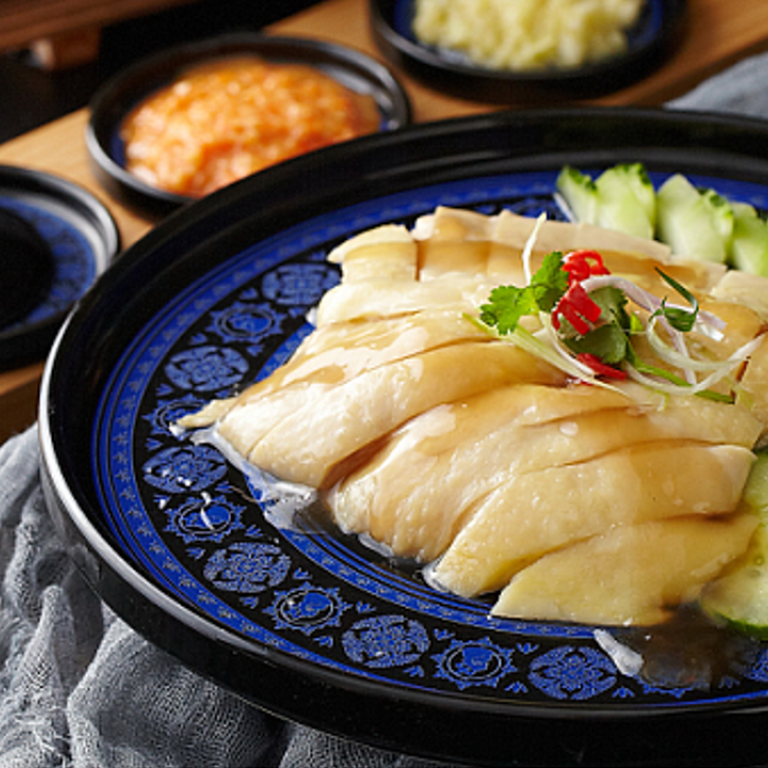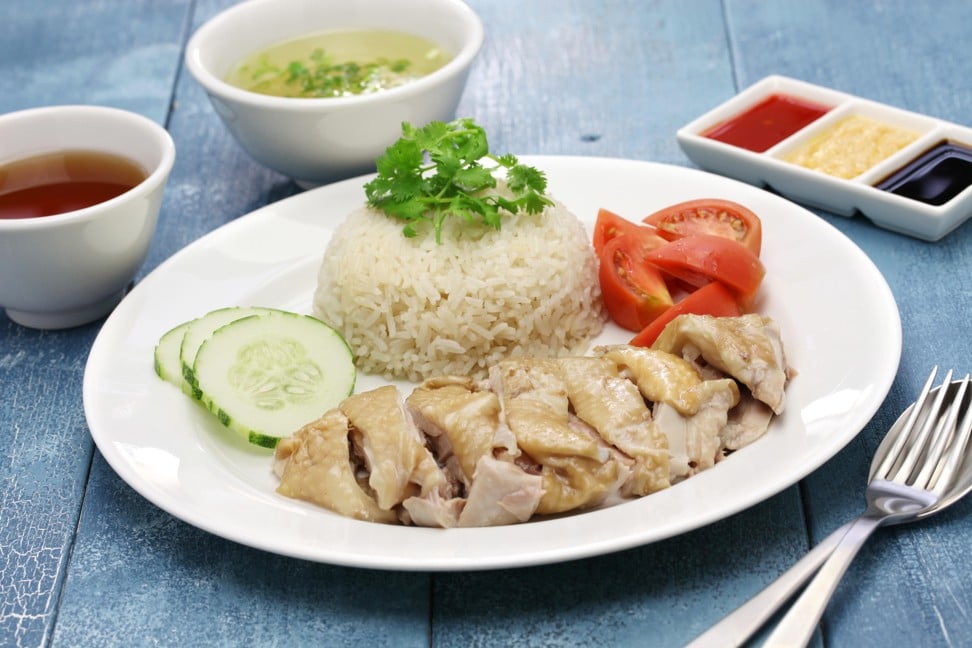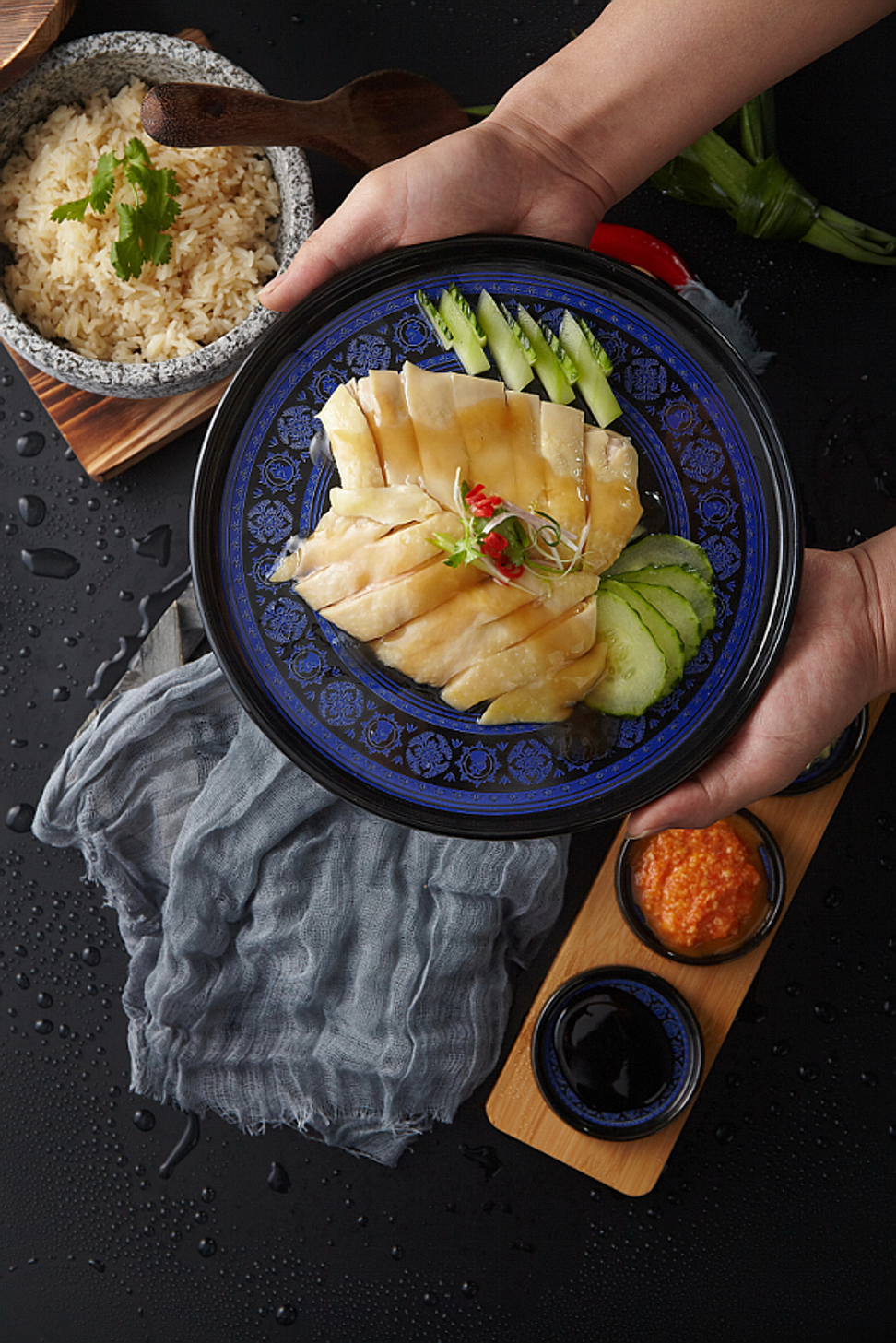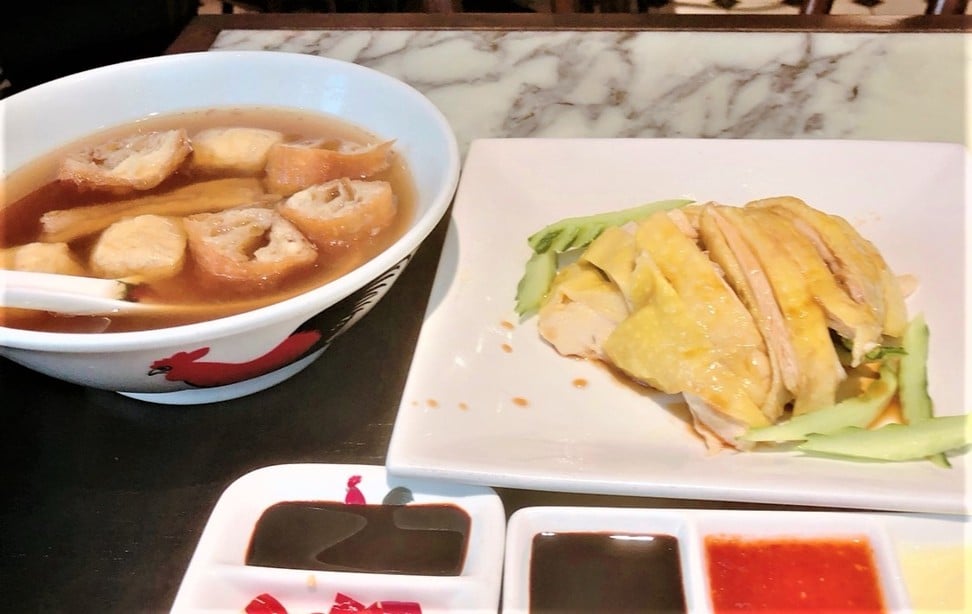So, if Hainan chicken didn’t come from Hainan, where is it from?

We all know that French fries is an American term for chips, or frites.
While the French and Belgians dispute who was the first to fry long strips of potatoes, it should not be any surprise to learn that Hainan chicken did not originate from Hainan either.
There is a consensus that the deliciously silky chicken dish with delectable sauces did get its inspiration from what is commonly known just as “chicken rice” in the southern Chinese province, or “wen chang” chicken by those referring to the dish outside Hainan.
Wen chang refers specifically to a breed of chicken used to make chicken rice in Hainan: this type of free-range chicken roams around the islanders’ homes pecking at fallen coconuts as its main diet.
However, according to food critic and Hainan native Isaac Lau, this type of free-range chicken is hard to come by nowadays.
“There’s been a lot of development in Hainan and there just aren’t enough farmers to keep up with the demand.” he says.
Lau describes wen chang chicken as having an incredibly smooth, almost translucent skin with firm flesh that is sweet on the palate.
Bones and other odds and ends are cooked to make a broth that is used to make the accompanying rice, but that is where the similarities end.
The fowl is usually served with ginger, lime and a sauce made with orange chillies native to Hainan and – since wen chang chicken is specific to a breed and how it is raised – anything else just isn’t the real deal.
Lam credits this dish to Moh Lee Twee, the owner of Swee Kee Chicken Rice Restaurant in Singapore in about 1949.
Like many entrepreneurs of the 1930s, Moh came from humble beginnings as a street stall vendor, who was known for the way he packaged his chicken and rice separately using bamboo tubes, and famed for his fragrant rice, packed into tight balls.
While the chicken is the be all and end all of wen chang chicken in China, Charles Choi, CEO of Tian Tian Catering Group, in Hong Kong, says the most important part of Hainan chicken is the rice.
“There are three components to an authentic dish, the most important being the rice, then the sauces and, finally, the chicken,” he says.
“The rice should be made with the broth of the chicken with the shallots, ginger and pandan leaves used to marinate the chicken and the aroma of these ingredients should be discernible.
“While there should be plenty of chicken fat in the process, the rice should not be greasy.”
Choi adds: “The most important of the three sauces should be the chilli sauce, where only fresh chilli is used and never kept for more than a day.
“The chicken should be so smooth that it almost ‘slurpable’, and a layer of jelly, instead of fat, should be under the thin chicken skin.”
Tian Tian Chicken Rice was one of 17 hawker stalls to receive a bib gourmand from the inaugural Michelin Guide Singapore 2017 and Choi and his team recently opened a branch in Causeway Bay’s Fashion Walk.
However, Malaysians lay claim to an even earlier originator than Moh Lee Twee.
According to lore, one of the founders of the Kuala Lumpur restaurant Nam Heong, started selling chicken rice as a street vendor in the royal town of Klang in the 1920s.
This eatery survives today as one of the most authentic in the Straits.
It seems that a lot of Hainanese immigrants to Southeast Asia sought a taste of home and recreated their favourite comfort food with a twist of the ingredients available to them, so two early hawkers selling similar items around the same time should not be surprising at all.
However, as Winston Churchill once said: “History is written by the victors.”
And with a name and surviving restaurants to put an exact date on when they started this famous dish, as well as a Michelin-recognised restaurant to set a gold standard, it certainly seems – for now, at least – the Singaporeans have a leg-up on the competition.
Want more stories like this? Sign up here. Follow STYLE on Facebook, Instagram and Twitter

Singapore and Malaysia both lay claim to creating the smooth-skinned, sweet, firm fleshed dish served with broth-boiled rice… but only one can be the victor


